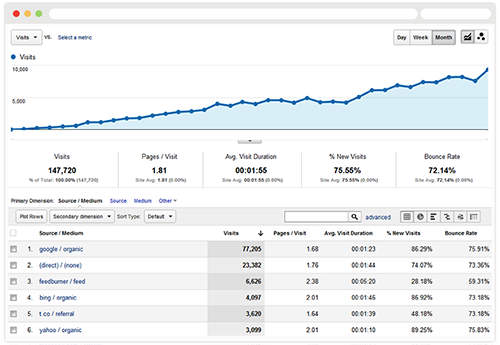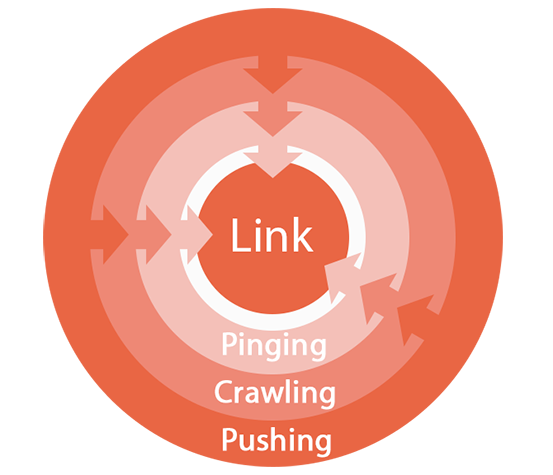April 09, 2015
Discover How Google Indexing Actually Works!
Indexing of links is one of the most discussed topics on internet marketing forums. Many people are of the view that we should leave this indexing on Google rather to adopt deliberative ways for indexing. While many marketers considers deliberate indexing of links through drip feeding to be one of the necessary strategies for SEO success as ensured by this website. I personally believe the latter to be true specifically for those backlinks which are created forcefully and not naturally.

To understand this we need to analyze the process through which Google indexes a link. Today billions of new pages are created on web and not all deserve to get a position in Google’s index as per the Google indexing policy. Many people think that indexing a page is all about getting a Google to take notice of it through pinging. However this is not the only case today. Today we have to persuade Google that the notified page is worthy enough to get a space in Google’s index. Once we are able to convince this to Google, it is only after that it will consider that page a valuable backlink as well. Imagine how irritating it is for you to waste lot of money, time and resources and at the end of the day Google doesn’t consider it valuable enough to rank your site?
It works in three basic and simple steps:
A – Google’s crawler takes notice of a new page
Unless Google crawler finds your page it can never get indexed. To make Google crawler be able to find you page you may need to process your page though multiple direct RPC, sitemap and RSS pinging. Creating further backlinks on already indexed sites helps quick indexing as well.
B – Google analyzes the content of a new page
There are certain on-page factors analyzed by Google to make an indexing decision for that page. The major factors are the uniqueness of content and its structure. Deliberate attempt to fill content with keywords making it not meaningful has a very least chance of getting indexed lately.
C – Google analyzes the link popularity of the new page
The link popularity of the page is determined by Google using the crawler’s moving metrics. The more the crawler is compelled to visit your page over and over again, the more is the chance of indexing.

Thanks to link indexing services like LinkProcessor! It compels Google to go through the above mentioned steps by ensuring crawling and pushing the page at the same time.

Steps taken by Google to decide whether to index a page or not
It works in three basic and simple steps:
A – Google’s crawler takes notice of a new page
Unless Google crawler finds your page it can never get indexed. To make Google crawler be able to find you page you may need to process your page though multiple direct RPC, sitemap and RSS pinging. Creating further backlinks on already indexed sites helps quick indexing as well.
B – Google analyzes the content of a new page
There are certain on-page factors analyzed by Google to make an indexing decision for that page. The major factors are the uniqueness of content and its structure. Deliberate attempt to fill content with keywords making it not meaningful has a very least chance of getting indexed lately.
C – Google analyzes the link popularity of the new page
The link popularity of the page is determined by Google using the crawler’s moving metrics. The more the crawler is compelled to visit your page over and over again, the more is the chance of indexing.

Thanks to link indexing services like LinkProcessor! It compels Google to go through the above mentioned steps by ensuring crawling and pushing the page at the same time.
Posted by: Link Indexing Service at
09:51 AM
| Comments (7)
| Add Comment
Post contains 442 words, total size 3 kb.
<< Page 1 of 1 >>
14kb generated in CPU 0.0112, elapsed 0.0686 seconds.
34 queries taking 0.0609 seconds, 58 records returned.
Powered by Minx 1.1.6c-pink.
34 queries taking 0.0609 seconds, 58 records returned.
Powered by Minx 1.1.6c-pink.









